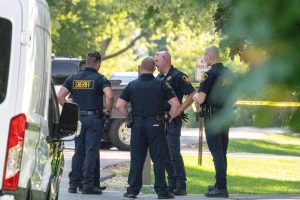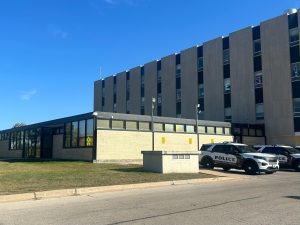University Police weigh in on missing student case
February 1, 2007
DeKALB | Two weeks have passed since freshman Wade Steffey disappeared from Purdue University in Lafayette, Ind. There are still few leads in the investigation. Steffey, 19, disappeared after leaving a fraternity party the night of Jan. 12, 2007. He wasn’t reported missing until Jan. 16.
Steffey, described as a straight-A student, reportedly left the party alone and wasn’t heard from again. Police aren’t sure where Steffey went after the party. There was no activity on his student ID card, which he would have needed to swipe to enter his residence hall after hours, according to a report on boilerstation.com.
There hasn’t been a high-profile case at NIU such as the one at Purdue in the 14 years Lt. Matthew Kiederlen has worked for University Police at NIU, but this has definitely caught the attention of the department.
“Whenever there is an incident of this much national exposure, we review our procedures,” Kiederlen said. “We’re pretty confident with the procedures we have in place.”
In the case of a disappearance, those procedures include interviewing anyone close to the missing person to find out where they may be.
“We have had the situation when a student has gone home or missed classes and someone was concerned, but with a little research, we were able to find out where they were,” Kiederlen said.
NIU is a smaller community than Purdue, and with fewer students, there is often less crime. Ashley Foster, a sophomore elementary education major who transferred from Ohio State University, feels NIU is a safer community because of its size.
“Ohio State was scary,” Foster said. “I don’t feel scared here while I’m out because there are always people around.”
University Police hold personal safety education programs to inform students on how to protect themselves. These programs are held occasionally throughout the school year as requested by various hall programs or other organizations, Kiederlen said.
“Students here are adults and have freedom of movement,” Kiederlen said. “We can’t restrict their movement or keep tabs on an individual, but we can educate them.”
Incidents such as this can be avoided with a few safety precautions. The university advises students to let others know where they are and when they plan to return. Students are also advised to be mindful of their surroundings and always walk with friends.
“I think that everybody should always be in groups, regardless of male or female,” Foster said. “At least if you’re in a group, you have a chance, even if they can give a story and tell what happened.”






